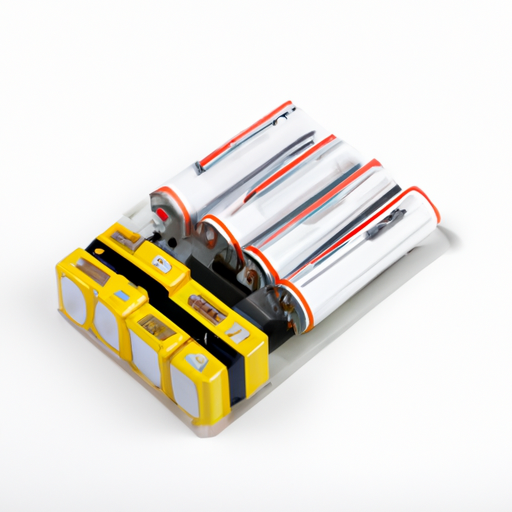Avantages de l’utilisation de cellules de batterie LiFePO4 dans les systèmes d’énergie renouvelable

Type
| Capacité | CCA | Poids | Taille | L45B19 |
| 45Ah | 495A | 4,3kg | 197*128*200mm | L45B24 |
| 45Ah | 495A | 4,6 kg | 238*133*198mm | L60B24 |
| 60Ah | 660A | 5,6 kg | 238*133*198mm | L60D23 |
| 60Ah | 660A | 5,7 kg | 230*174*200mm | L75D23 |
| 75Ah | 825A | 6,7 kg | 230*174*200mm | L90D23 |
| 90Ah | 990A | 7,8kg | 230*174*200mm | L45H4 |
| 45Ah | 495A | 4,7kg | 207*175*190mm | L60H4 |
| 60Ah | 660A | 5,7kg | 207*175*190mm | L75H4 |
| 75Ah | 825A | 6,7kg | 207*175*190mm | L60H5 |
| 60Ah | 660A | 5,8kg | 244*176*189mm | L75H5 |
| 75Ah | 825A | 6,7 kg | 244*176*189mm | L90H5 |
| 90Ah | 990A | 7,7 kg | 244*176*189mm | Enfin, les cellules de batterie LiFePO4 sont plus respectueuses de l’environnement que les autres produits chimiques de batterie. Ils ne contiennent pas de métaux lourds toxiques, comme le plomb ou le cadmium, que l’on trouve couramment dans les batteries au plomb. De plus, les cellules de batterie LiFePO4 ont une empreinte carbone plus faible, car elles nécessitent moins de matières premières et des processus de fabrication à forte intensité énergétique. En choisissant des cellules de batterie LiFePO4 pour les systèmes d’énergie renouvelable, les utilisateurs peuvent contribuer à un avenir plus propre et plus vert. |
 Lastly, LiFePO4 battery cells are more environmentally friendly compared to other battery chemistries. They do not contain toxic heavy metals, such as lead or cadmium, which are commonly found in lead-acid batteries. Additionally, LiFePO4 battery cells have a lower carbon footprint, as they require fewer raw materials and energy-intensive manufacturing processes. By choosing LiFePO4 battery cells for renewable energy systems, users can contribute to a cleaner and greener future.
Lastly, LiFePO4 battery cells are more environmentally friendly compared to other battery chemistries. They do not contain toxic heavy metals, such as lead or cadmium, which are commonly found in lead-acid batteries. Additionally, LiFePO4 battery cells have a lower carbon footprint, as they require fewer raw materials and energy-intensive manufacturing processes. By choosing LiFePO4 battery cells for renewable energy systems, users can contribute to a cleaner and greener future.





